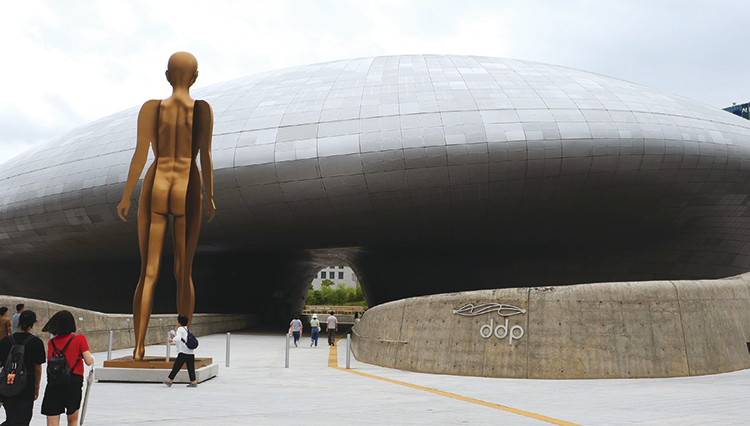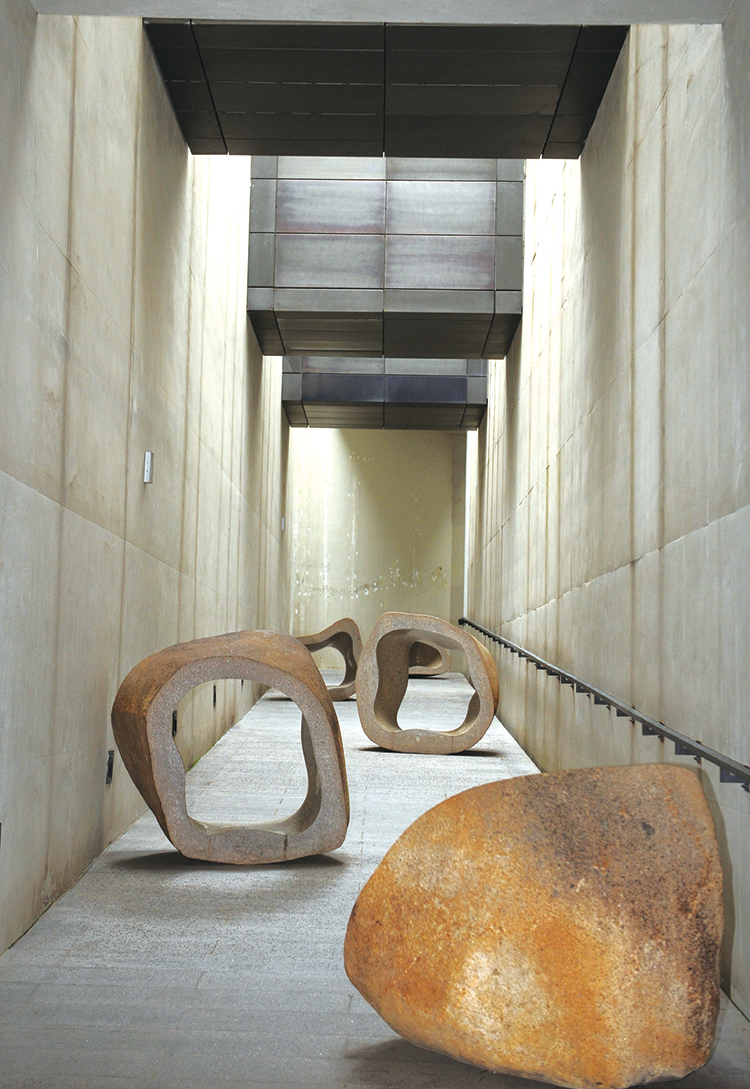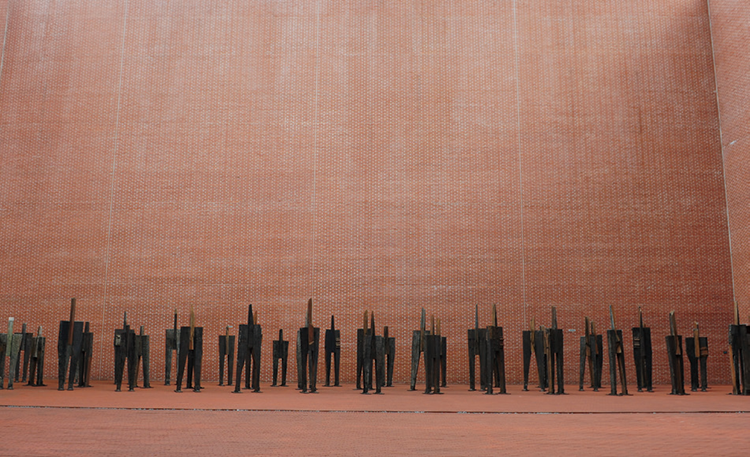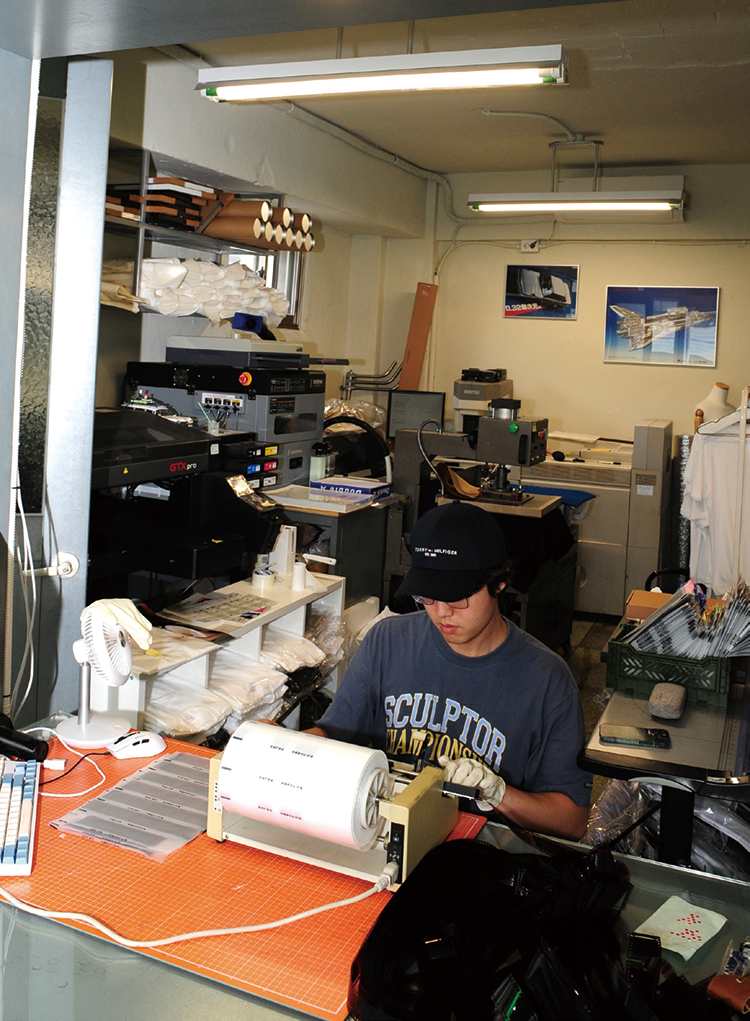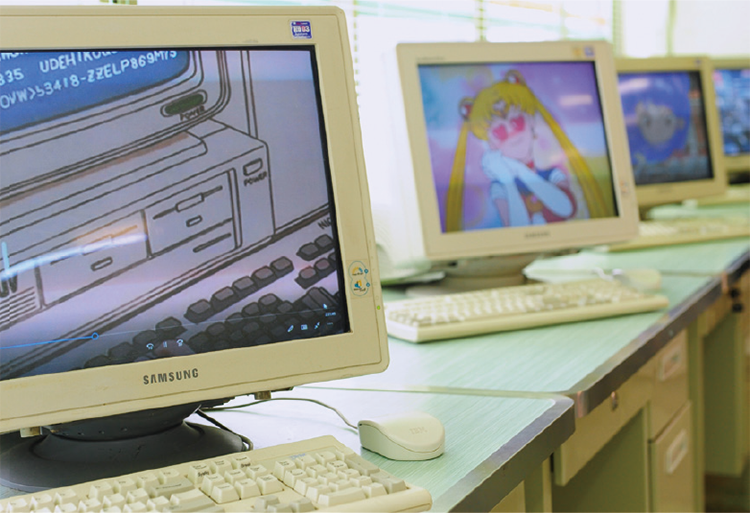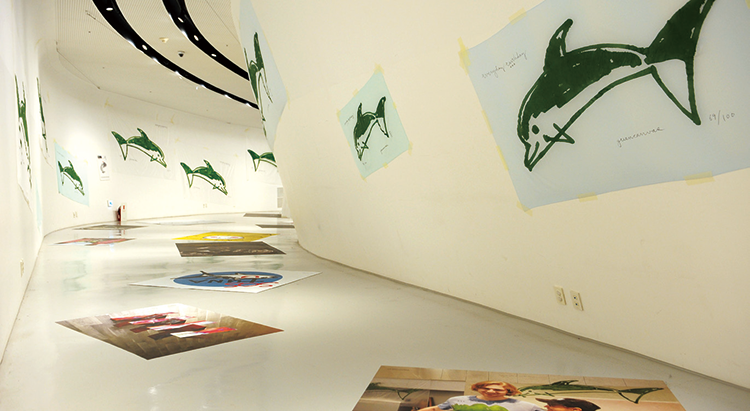A Treasure Map
Major Attractions in Jung-gu,
the Center of Seoul
Located at the center of Seoul, Jung-gu is probably one of the most beguiling cities in Korea as it has two very contrasting aspects that coexist in an attractive, magnetic way. In this part of the city of hustle and bustle, your heart beats fast at the dynamics of the city, and in a matter of seconds, the stories of historic buildings and landmarks that are scattered across the area slow you down long enough to listen.
📝Text by. Su-bin Cho / 📷Photos by. Gap-soon Park
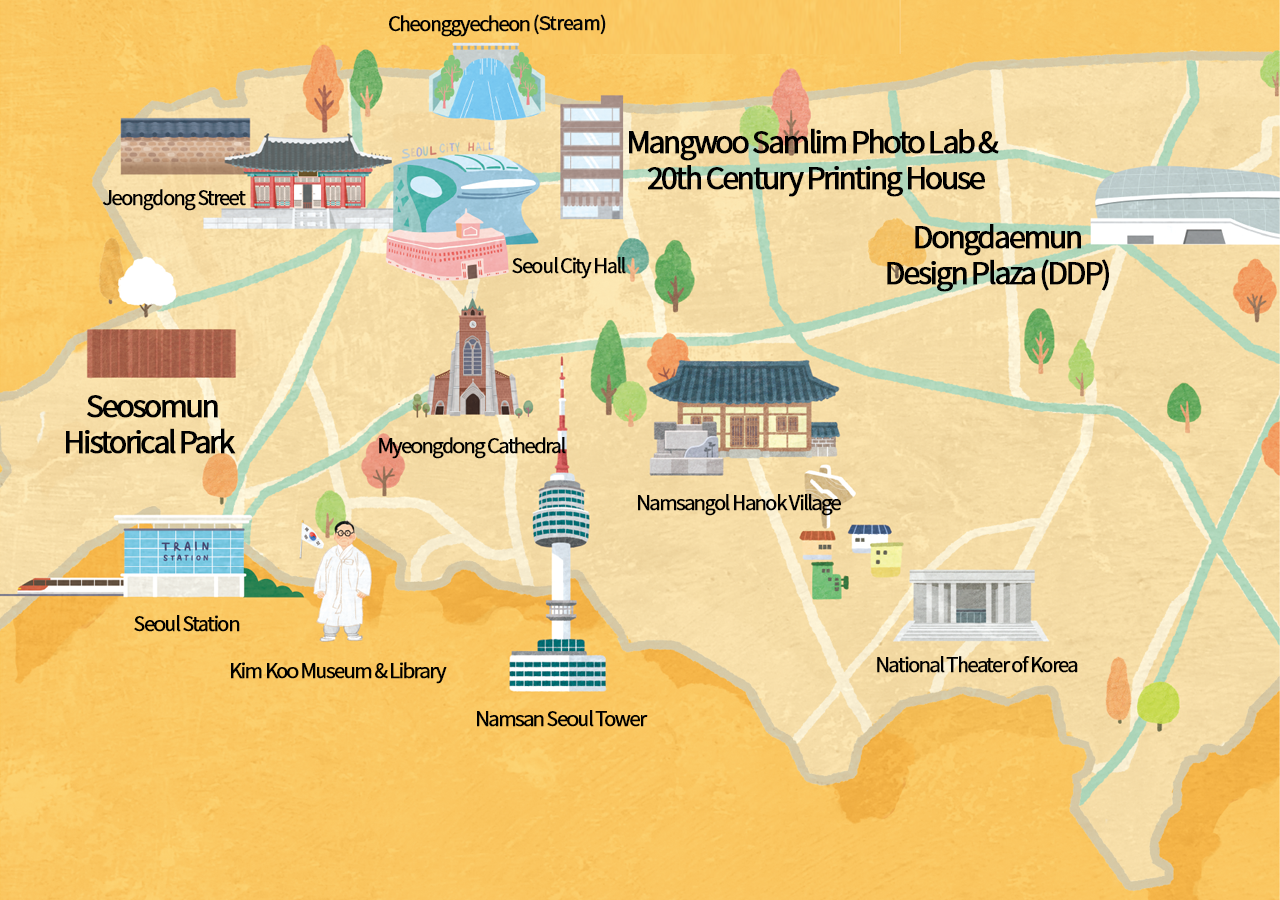
Seosomun Historical Park
Address Chilpae-ro 5, Jung-gu, SeoulSeosomun Shrine History Museum
Hours 09:30~17:30, Closed on Mondays Phone 02-3147-2401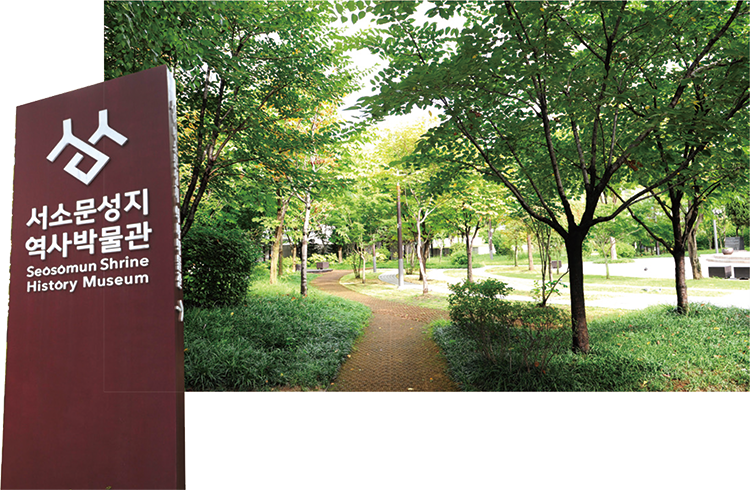
History, Art, and Nature Come Together.
Seosomun is one of the busiest districts in Seoul as Gyeongui-Jungang Line passes through the area and highly population-concentrated places like Seoul Station and Seoul City Hall are located in it. In the middle of this busy district is a park appearing out of nowhere. It is Seosomun Historical Park. Seosomun has been a high-traffic location ever since the Joseon period. It was the gateway to the country’s three major provinces including Chungcheong, Jeolla, and Gyeongsan and there was Chilpae Market, one of the largest markets in Joseon. For the same reason, Seosomun Historical Park has a sad background. The high-traffic location made it an ideal execution site in the sense that the grave consequences of criminal acts could be known effectively to many people. This is where social reformers including Gyun Huh who dreamed of reforming the class system of Joseon and many Catholics were executed.
Today, the place where countless lives were terminated in the past has turned into Seosomun Historical Park, serving as a resting place where people come to relax and recharge themselves. The park features a nice blend of artworks depicting historical facts and nature. Tragic historical events are depicted in symbolic sculptures installed across the park, including Exaltation Tower honoring martyrs at the park’s entrance and Ttukke Well where executioners washed their swords. Flowers, trees, and warm, bright sunshine, on the other hand, fill the park with vivid colors and pleasant aroma of nature as if they were totally unaware of such sorrow or pain. The walking trail extending through the park leads to Seosomun Shrine History Museum. Surrounded by red bricks on all four sides, the museum looks calm and peaceful. The museum is definitely worth a visit as it offers a range of things to see including permanent exhibitions, special exhibitions, media art, and mass.

Mangwoo Samlim Photo Lab &
20th Century Printing House
Address 3rd & 4th floors, 108 Euljiro, Jung-gu, Seoul
Hours 13:00~19:00, Closed on Wednesdays
Phone 0507-1309-0563
Photo, the Analog Nostalgia
Out of exit 11 of Euljiro 3-ga Station stands a gray building with Mangwoo Samlim written in shinning red on the window. One floor above is the 20th Century Printing House written in Chinese.
With the exterior looking exotic, Mangwoo Samlim is the photography mecca in Korea that is well-known to anyone who knows or has interest in photography. It is a film-developing lab and printing house designed to showcase the tastes of photographer Byeong-ju Yoon.
The name Mangwoo Samlim means the forest of oblivion that makes you forget bad memories. The name of his studio offers a glimpse of his philosophy, and his dedication to the art of photography can be felt everywhere in the studio. What first catches the eye are objets that fill the space. Each and every single item is unique. The curtains in vintage green, the flower-patterned tablecloth, a watch that you will likely see only in old Hong Kong movies, and a film showcase made out of an old tobacco showcase… None of these are ordinary. With all these unique and special items, you feel like you have just walked into an old album of your childhood. In fact, Yoon said all these items were carefully selected to invoke people’s memories from the past. Even more surprising is that all of these objets actually work; thus adding a sense of reality to the space. On the 4th floor, just one level above, is the 20th Century Printing House where you can print out photos and use them to make your own goods such as print T-shirts and hats. Film photos entail the hassle of loading rolls of film and visiting a printing shop to develop the film. Despite such hassle, some people still want to freeze their happy moments in physical format, and Mangwoo Samlim helps them select memories and keep them in analog photos.
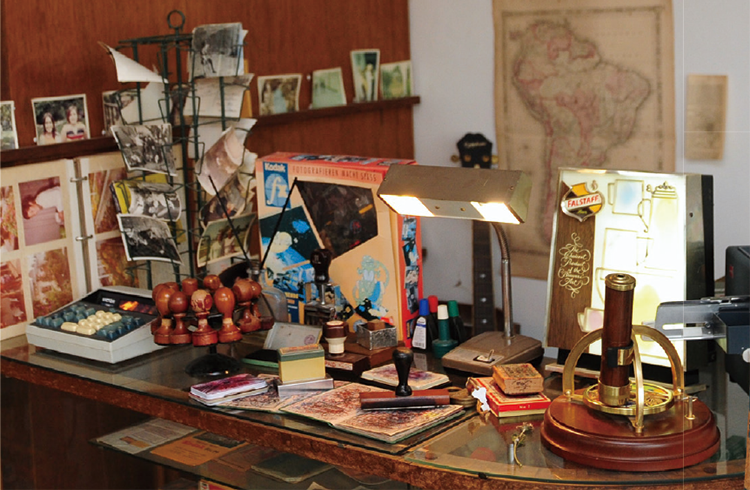

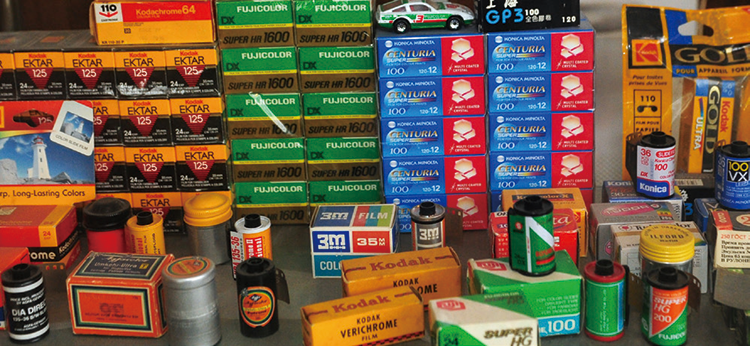
Dongdaemun Design Plaza (DDP)
Address 218, Euljiro Jung-gu, Seoul Hours Visit the website (ddp.or.kr) for details Phone 02-2153-0000The Design Mecca in Seoul
Just out of Exit 1 of Dongdaemun History & Culture Park is a spaceship-shaped building. It is Dongdaemun Design Plaza (DDP), celebrating its 10th anniversary of opening this year.
DDP, the world’s largest amorphous architectural structure in the shape of a giant spaceship that crashed into Earth, is a work of art in itself. The unique, aesthetic exterior design makes DDP a popular venue for a variety of cultural events including fashion shows and tours, and for a large-scale media art show using the entire structure itself as a huge canvas at the end of each year.
Artistic festivity continues inside the structure as well. You are advised to sort out your priorities and plan your tour carefully because there are so many things to enjoy. If you are a fan of art and culture, check out the exhibition hall on the first floor where exhibitions are going on every day. On display are works of major artists from Korea and abroad, with new forms of exhibitions featuring AI introduced recently. If you want to explore design, be sure to visit Magazine Library on the 3rd floor offering a broad collection of magazines on various topics including graphic, architecture, beauty, fashion, and lifestyle.
Design Store on the 2nd floor is probably the most popular destination in DDP. The key attraction of the store is the offline shop selling Seoul’s city brand “Seoul My Soul” goods. The store’s product portfolio ranges widely from small items whose designs are inspired by the dynamic energy of Seoul to fashion items and key rings using Haechi, the city’s mascot that has been redesigned in 15 years as the main design concept. The wide selection of lovely items with uniquely Korean designs has captivated the so-called MZ generation as well as foreign tourists. In addition, there are exhibitions of works by Seoul-based artists. All in all, DDP is a microcosm of Seoul’s entire art community.
